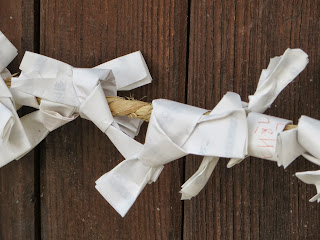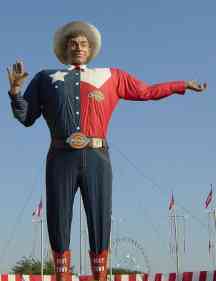The perimeter train ride takes you to the far side of the fortress wall. From here you walk down a steep hill to see the palace and shrine. Be sure to buy your return ticket for the train ride back to the main parking lot.
Hwaseong Haenggung, the largest of the Joseon temporary
palaces. At its height, the palace included 576 compartments that featured
feasts and cultural performances. It was destroyed during the Japanese
occupation, but restoration started in 1996 and should be complete by 2010.
Adjacent to it is the Hwaryeongjeon where Jeongjo’s spirit and portrait are
enshrined.
King Jeongjo is remembered as a visionary whose reign was a
renaissance for Joseon-era Korea. Silhak, a new school of philosophy that
emphasized scientific and practical learning, helped Jeongjo launch both
progressive social and technological innovations. The citizens who
built Suwon Hwaseong Fortress were paid, and new inventions, including a
machine that could lift over seven tons, were employed.
Because Suwon Hwaseong Fortress was built in honor of his
father, many Koreans see the fortress as a monument to filial piety, which is a
Confucian-inspired love and respect for one’s family and ancestors. King Jeongio planned to move the capital away from Seoul. Jeongjo spent much of his
reign trying to repair his father’s legacy. If he moved the capital to Suwon,
the new king could escape the fractious strife of Seoul palace life, he would
be closer to his father’s grave, and he could realize his reformist agenda.
The fortress and palace are home to the Hweaseong Divine Tree. The huge Sawleat Zelkova tree (Neutinamu in Korean) standing in front of Hwaseong Haenggung is over 600 years old and has been considered the dvine protector of Suwon since before the construction of the Hwaseong Fortress. Known variously as the 'Divine Tree,' ‘Holy Tree,’ and ‘Elm-like Tree,‘ it was believed that plucking its leaves or cutting its branches would anger the god of the trees and bring misfortune. However. it was also said that touching the tree and praying for help would make ones wishes come true.
Actors in traditional clothing
Palace
Main Gate
Wish note left by visitor at sacred Zelkova tree
600 year old Zelkova sacred wishing tree - white paper are wishes and prayers placed by visitors
King's walk to Throne Room
Throne Room
King's Guard
Shrine -note the lack of colorful paint - these buildings are not painted















No comments:
Post a Comment